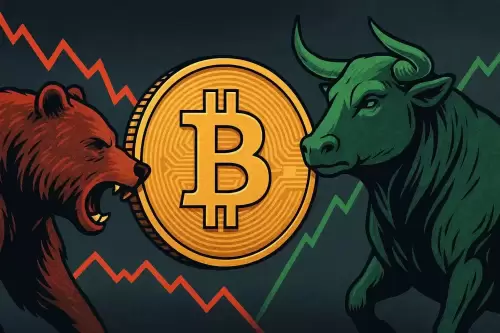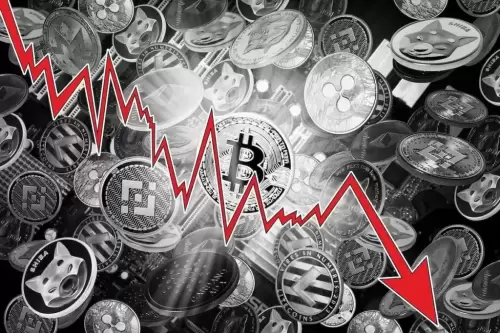On-chain data suggests this upcoming Dogecoin level could prove to be a resistance wall based on the investor cost basis distribution.

A Large Amount Of Dogecoin Was Last Purchased At $0.36
In a new post for X, analyst Ali Martinez has talked about levels that appear significant on the UTXO Realized Price Distribution (URPD) of the memecoin. The “URPD” is an on-chain indicator that tells us how much of an asset’s supply was last purchased at which price levels. The metric determines this cost basis for each token by checking its transaction history to see its last transfer price.
As displayed in the above graph, there are no levels immediately nearby to the current price that hold the break-even mark of a significant portion of the supply. The closest level that stands out in the URPD is around $0.21, which hosts the acquisition point of 7.5% of the asset’s supply. For the up direction, there aren’t any notable cost basis centers until all the way to $0.36, where investors last bought about 3.8% of all tokens in existence.
Now, what’s the relevance of these levels to the cryptocurrency? To answer that question, we must first understand investor psychology. To any holder, their cost basis is naturally an important level, so they can be prone to showing some kind of reaction when a retest of it happens.
However, this reaction isn’t significant if only a few investors are showing it. But for retests of levels that host the cost basis of a large amount of holders, the story can be different. The aforementioned levels could be important ones from this perspective.
Generally, investors tend to react by buying if the retest is happening from above, granted the mood in the market is bullish. This is because these holders, who were in profit prior to the retest, might be looking at the price decline as just a ‘dip.’
On the other hand, the holders who were in loss before the retest may decide to sell their tokens, as they could fear that this might be their last opportunity to exit at their break-even for a while.
As such, major supply walls below the spot price can act as potential support zones, while those above it may prove to be resistance areas. Given that the closest two such levels are at $0.21 and $0.36 for the asset right now, they may be where the coin could be the most probable to encounter strong support and resistance, respectively.
Disclaimer:info@kdj.com
The information provided is not trading advice. kdj.com does not assume any responsibility for any investments made based on the information provided in this article. Cryptocurrencies are highly volatile and it is highly recommended that you invest with caution after thorough research!
If you believe that the content used on this website infringes your copyright, please contact us immediately (info@kdj.com) and we will delete it promptly.
















































![[Ronnie Trading Guide]-2025.5.15-Bitcoin continues to consolidate at a high level, and only patient investors will get a return on time~ [Ronnie Trading Guide]-2025.5.15-Bitcoin continues to consolidate at a high level, and only patient investors will get a return on time~](/uploads/2025/05/15/cryptocurrencies-news/videos/ronnie-trading-guidebitcoin-continues-consolidate-level-patient-investors-return-time/682574fd46a42_image_500_375.webp)





































